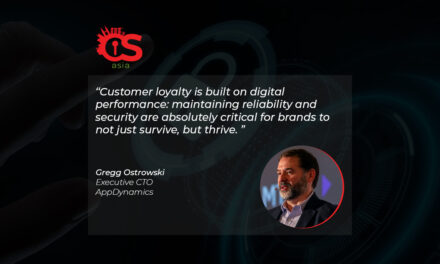Organizations face fresh supply chain risks when onboarding external contractors. Here is a new way to secure the supply chain.
In today’s fast-moving business environment, agility is a must for survival and competitive success. Organizations increasingly rely on an extended workforce model — engaging contractors such as cybersecurity consultants, offshore developers, and marketing specialists — to scale quickly and fuel innovation amid global uncertainty.
However, onboarding these essential contractors introduces a complex set of security challenges. Issues such as data residency, access from unmanaged personal devices, and regulatory compliance demands require fresh thinking about secure access.
Legacy security models, including traditional virtual private networks (VPNs), were designed for an era when network perimeters were clearly defined and devices were largely managed by IT. Such models tend to be too slow, costly, and rigid for today’s dynamic, compliance-driven environment.
While VPNs provide encrypted tunnels for remote access, they often grant broad network privileges, lack granular session controls, and offer limited visibility into user activity. For short-term contractors needing quick access, the days-long setup and management overhead of VPNs can also hinder productivity. However, this does not mean VPNs have no place: they remain useful tools. Still, to meet the demands of today’s contractor ecosystems, they need supplementing with modern, flexible security approaches.
Leveraging Zero Trust and session-level controls
For this supply chain security challengethe Zero Trust philosophy offers a powerful approach by recognizing the perimeter is effectively gone.
Zero Trust decouples security enforcement from networks and devices, instead requiring continuous verification of identity and device posture. In this model:
- Access is granted on a least privilege basis, ensuring contractors only reach the precise resources they need
- Security policies can be enforced at the session level, not just the network, allowing finer control and reduced risk of unauthorized data exposure or lateral movement
- Continuous monitoring and audit capabilities provide essential visibility for compliance and risk management
One practical implementation of these principles is the use of secure enterprise browsers. These tools create isolated, policy-controlled browsing sessions that can prevent contractors from downloading, copying, or printing sensitive corporate data, even when accessed from personal laptops or regional offices.
This browser-based approach can achieve compliance and data residency requirements without the cost and complexity of virtual desktop infrastructure (VDI), while providing centralized control and detailed audit logs.
Balancing security with usability and compliance
According to Rebecca Law, Country Manager, Check Point Software, a provider of such enterprise browser solutions, “(organizations) need to enable immediate, secure access for a consultant without a days-long VPN setup… manage a regional team accessing internal resources … without creating complex data sovereignty nightmares,” alluding to how zero trust enterprise browsers with the right set of tools can be used to reduce supply chain risks.
Meanwhile, organizations will still need to stay vigilant about regulatory mandates relevant to their operations, ensuring access policies and auditing capabilities meet compliance demands.
Potential drawbacks of enterprise browsers
While enterprise browsers with zero trust controls offer compelling security benefits, C-level leaders should be aware of the practical limitations.
- User resistance is a common problem: switching employees or contractors from familiar browsers to proprietary, locked-down versions can create frustration, compatibility issues, and drops in productivity. Some business-critical apps may not function seamlessly, especially older or niche tools requiring plugins or custom workflows that secure browsers may block.
- Enterprise browser solutions can also lead to vendor lock-in. These platforms often bundle identity, policy, and compliance features, making future migration to other security stacks difficult and costly. Centralized browser controls may not extend protection to actions outside the browser, such as data copied to installed apps — leaving blind spots if users rely on local or legacy software.
- Finally, supporting a diverse workforce using different devices and operating systems creates management complexity. Rigid browser policies may drive savvy users toward unsupported workarounds, such as shadow IT or unsanctioned browsers, if enterprise tools hinder their workflow.
As with any tool, a layered approach that blends browser security with endpoint defense, training, and robust policies remains essential for true risk reduction.

















